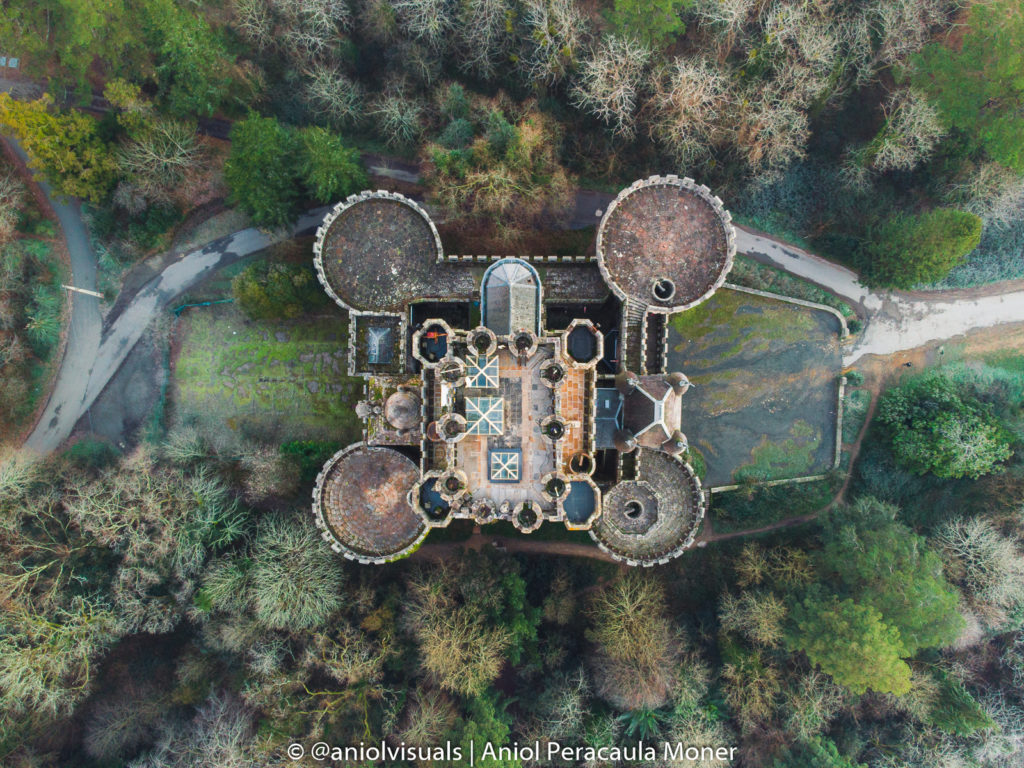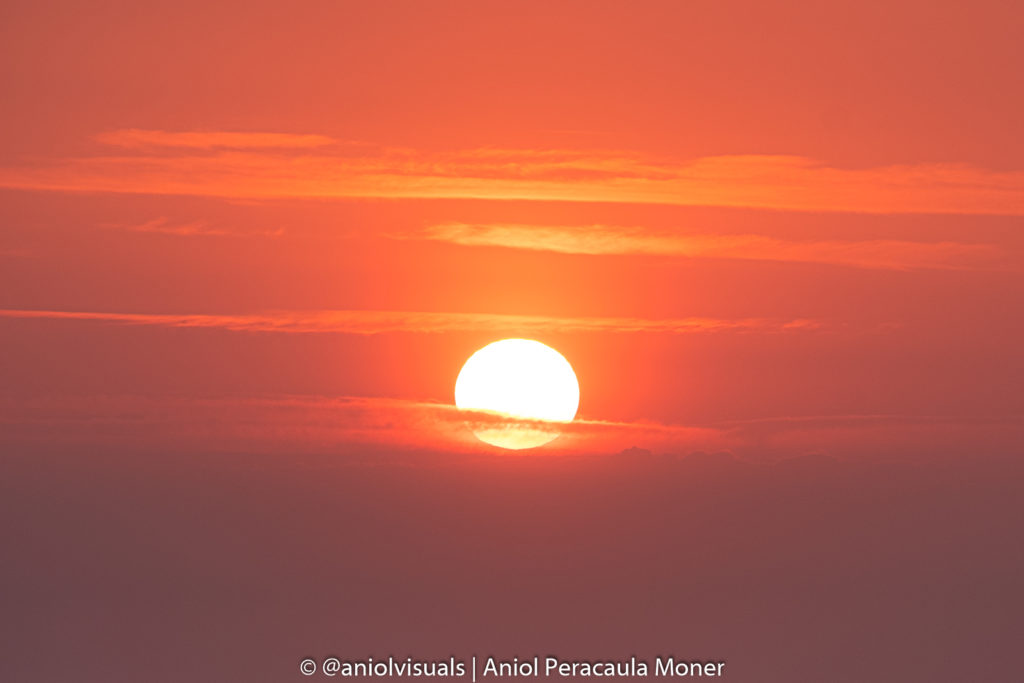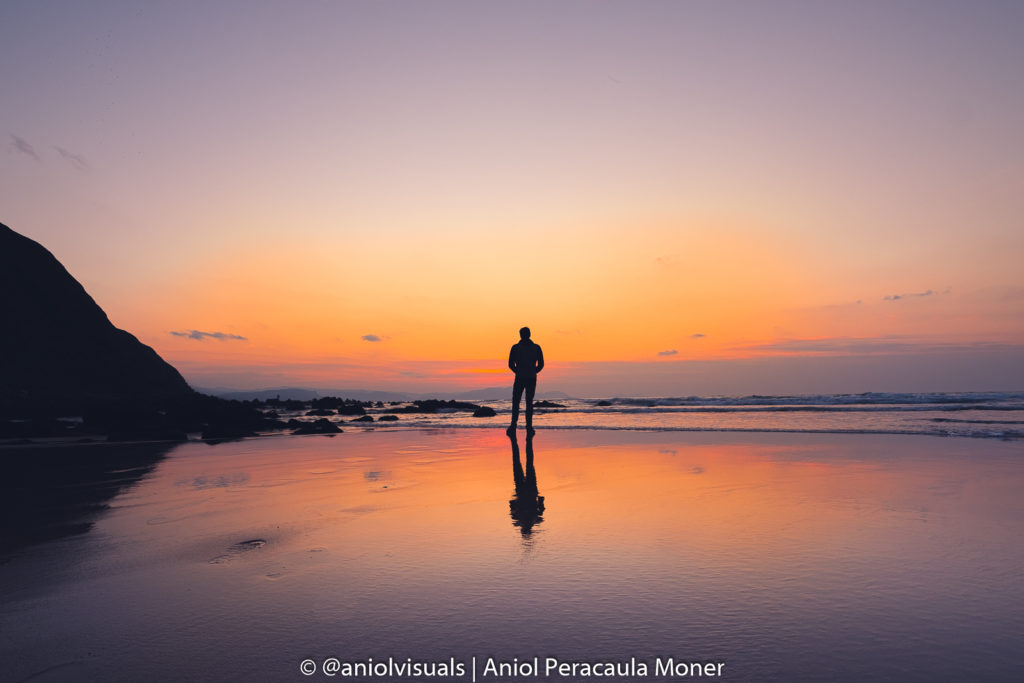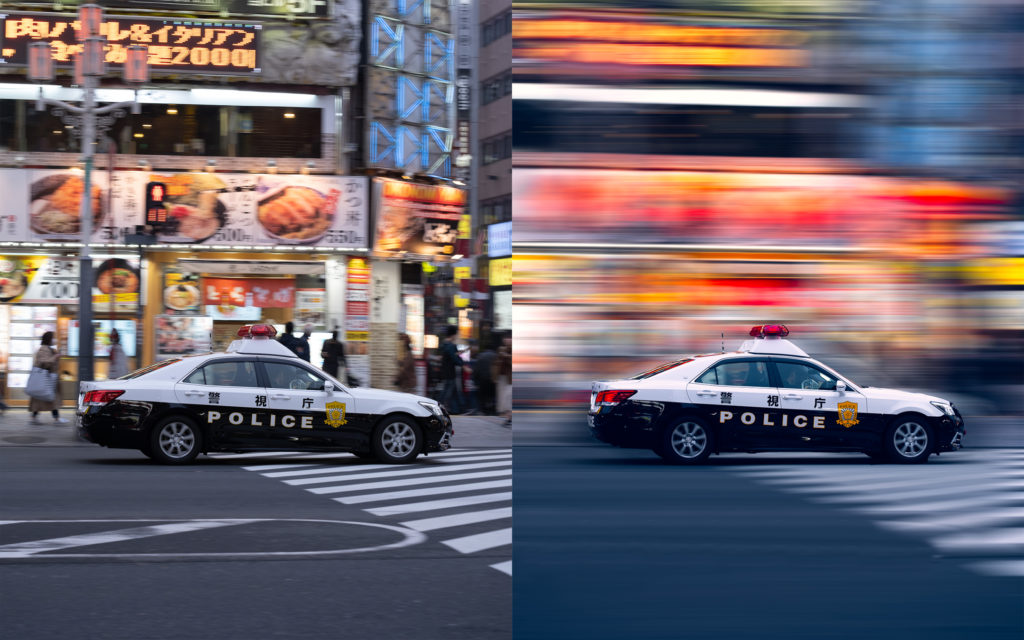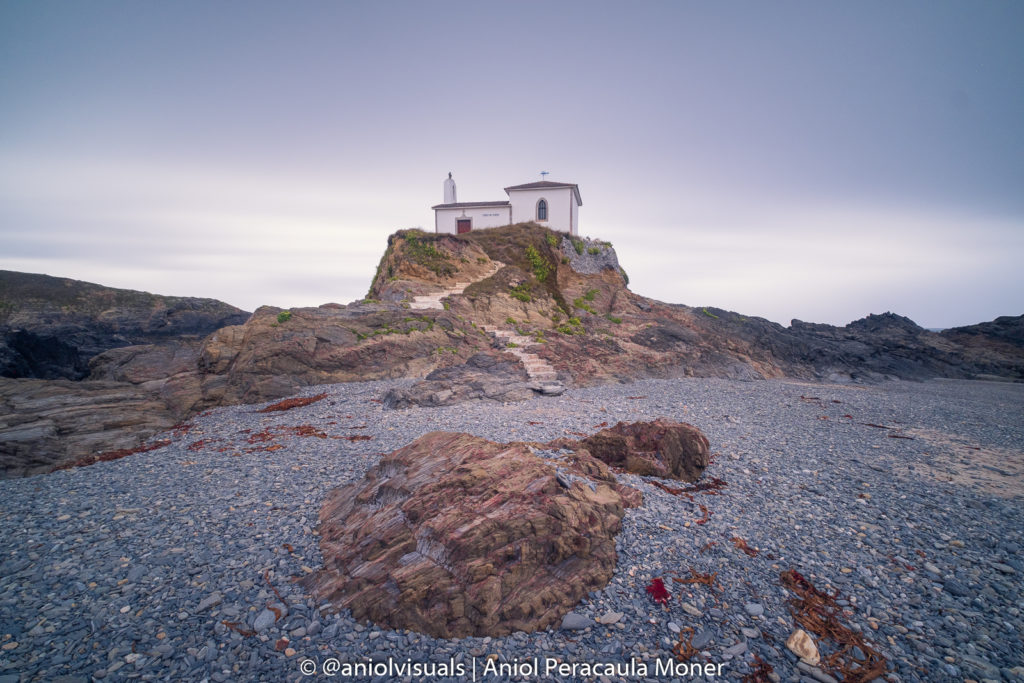Camera and smartphone photography have many differences. Find them in this article!
I remember my first film camera and my first digital camera. Taking photos was so difficult, and more for me as a child. Then smartphones appeared, and things started to change. Nowadays everyone has a smartphone in their pocket, and taking photos is part of our daily routines, either to share them on social media or for informative purposes.
Are smartphones better than cameras? What are the differences between smartphone photography and camera photography? As a photographer with a smartphone, it is a photo sometimes I get asked. As with most things in this life, the answer is not black or white. Depending on what you need the photos for, what you are shooting, or how much you want to spend, among others, one or the other will be the best solution for you. There are 10 differences between smartphone and camera photography.
Would you like to take better photos with your smartphone?
Find out 15 tips to improve your smartphone photography here.
Smartphone sensor size
Smartphones are smaller than the cameras. This obvious detail will be the reason for most of the differences between smartphone and camera photography. The reduced size comes with its pros and cons, and when we talk about the sensor size, it is a huge con for smartphones. The sensor of a camera is the surface where the image is taken, and it has a lot of influence on the quality of the final image.
A bigger sensor usually means more megapixels or at least more detail in the final image. Comparing the sensor of a DSLR or mirrorless camera with the sensor of a smartphone is not very fair. Thus, as a rule of thumb remember that cameras will always take clearer images, that at their turn, will occupy more memory. Smartphones have ways to digitally increase their megapixel count, but results are not comparable.
This difference limits what smartphones can be used for in photography. For example, although it is possible, capturing the Milky Way with a smartphone is a very difficult task, and the final image will most likely be very noisy, while most DSLR/mirrorless cameras with good lenses (high luminosity) can capture it.

Camera lenses
Talking about lenses, this is also another big difference between smartphone and camera photography. However, this one has changed a lot in the past years. Most large cameras can be used with multiple lenses, which is a game-changer. Smartphones, though, have solved this by installing multiple cameras with fixed lenses. Wide-angle, telephoto… solve one of the issues of taking photos with a mobile, that zooming destroys the images. This solution applies more to the wide-angle field than to the telephoto lenses.
Thus, using multiple lenses comes with a big (sometimes very big and bulky) problem: lenses are heavy and take a lot of space.

Portability
Smartphones are portable. This is the whole reason why they were invented. They weigh less than 250 grams, are slim, and can be kept in any pocket, bag,… Cameras, on the other side, are heavy, bulky and need to be dealt with extreme caution. As a landscape and travel photographer, travelling with camera gear is a nightmare.
Moreover, some types of photography require a tripod. This only adds up to the problem. While a small tripod can be used for smartphone photography, large cameras and heavy lenses ask for sturdy and big tripods. Compare the time needed to take the camera out of the bag, change lenses, set the tripod… with a smartphone the photo has been already taken. This leads to the next point, convenience.
Convenience
Taking photos with a smartphone is easy and convenient. Just grab, point and shoot. Of course, this comes with its inconvenient, but it is almost impossible to miss a situation with a phone. Some photography areas are all about not missing the photo, and unless the camera is easily accessible, with a DSLR/mirrorless, it is easy to miss the shot.
Very liked with portability and convenience, the smartphone is discreet. You won’t get any looks for taking a photo with a smartphone, while big cameras with long lenses are easy to notice. Moreover, smartphones are not only used to take photos, it is just another of the features that it has.
However, smartphones are not always convenient when talking about photography. Its size is a double-edged sword, as it is more difficult to change settings or have access to specific features.
Settings ease of use
The mighty world of photography settings. I remember when I started taking photos and I thought that I would never understand how ISO, shutter speed, aperture, and others interacted. It is so relieving when you do, and then magic happens.
Well, with smartphones, this magic is less likely to happen. It is way more difficult to shoot manually with a phone, because as I mentioned before, being so portable has its problems. To adjust things like focus, shutter speed, white balance… is a real nightmare with a smartphone. On the other side, cameras have customizable buttons, shortcuts and thousands of features that smartphones either don’t have or are so hidden in layers of menus that are impossible to find. But there is one setting that makes the difference: the focus.

Focus
Focus is everything in photography. An image out of focus is worth nothing (unless it is done for artistic reasons). And smartphones are terrible at focusing. It is possible to choose where to focus, but even when using photography modes and manual focus, it is impossible to adjust it like it is done with a camera, or at least not as fast.
Overall, it seems that smartphones are good for fast photography, while when details are needed, cameras are better. It takes a lot of time to correctly manually focus an object with a smartphone, especially because of the settings issue we mentioned before. Adjusting values like aperture, very linked with the area of the image that is sharp (depth of field), is not as easy to do with a smartphone as with a camera.
Connectivity
Any photographer out there will tell you that transferring photos from a camera to a smartphone can be a very annoying task. Despite that most cameras nowadays have wi-fi and/or Bluetooth, the apps that each brand has to transfer photos are quite slow and not very optimized. Areas of photography like photojournalism sometimes require immediate connection with an editor, as it is essential to have the photos online as soon as possible.
Smartphones would be better for that if they had the right image quality. The success behind Instagram, Tik-Tok, or any other image-based social media is that the time between taking a photo or video and publishing it online is almost zero. Instagram stories, fleets,… very difficult and not recommended to take with a camera, even if the quality is way higher.
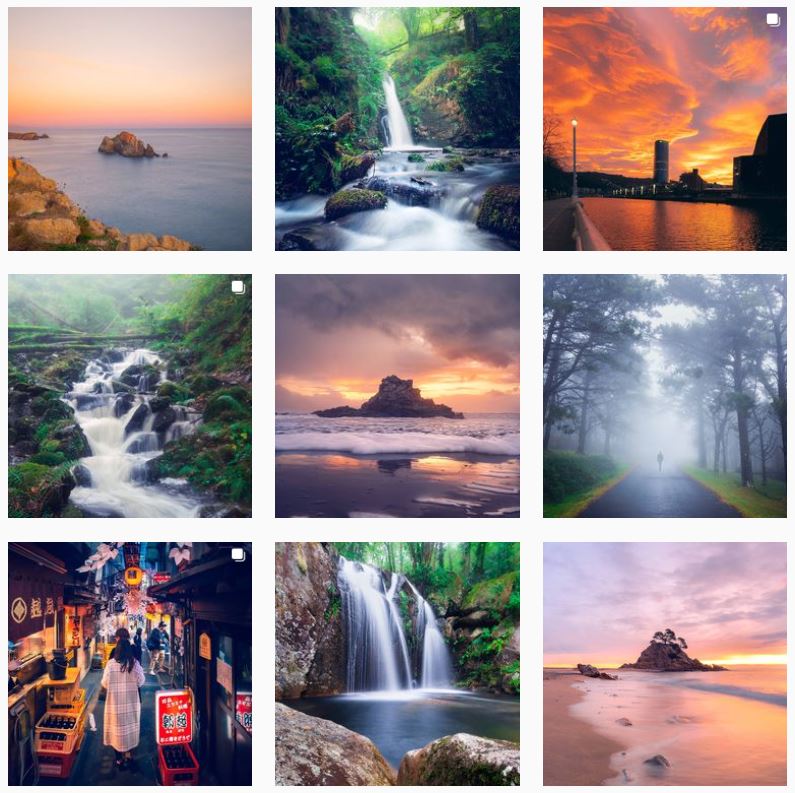
Screen quality
Another important difference between smartphone and camera photography is the screen. Smartphones screens are getting better and better over time, with AMOLED screens, very accurate colours… while camera screens are mostly informative.
It is true that the screen of a camera does not add a lot of value to the product. However, taking a photo and being able to see it on a high-quality screen, easy to zoom,… is something relevant. While expert photographers might not value this a lot, amateur or occasional camera users might find this as a limitation. Combined with the connectivity of smartphones, taking photos with a camera might not be the solution for those that want to see immediate results.
Selfies
Let’s face it. Even the most expert photographers will use their smartphone to take a selfie. It’s convenient, fast, no need to ask someone for a photo can see the image in real-time on the screen… Smartphones are the kings of selfies, group photos and any type of memories that is more about the people than the place.
Not all photos are meant to be beautiful, informative, unique in composition, location or story. It is in this area that smartphones are used the most, and it is a clear benefit of using them. Have you ever tried taking a selfie with a DSLR or mirrorless camera? Even if they have a flip-out screen, it makes no sense to use one when a smartphone is sitting at the bottom of your pocket.
Price range
Maybe the most obvious difference, and this is why it is the last one. Prices are very different between smartphones and cameras. Moreover, as mentioned before, a smartphone is much more than just a device to take photos, while a camera is only a camera.

As a photographer, I don’t see a near future when a smartphone beats my camera in many aspects related to image quality, lenses and flexibility when taking photos. Yet, there are days when I don’t use my camera but every single day I take photos with my smartphone. Of course, these photos have different purposes and are used in a very different way. There are situations where I would never use a camera or a smartphone.
In the end, cameras and smartphones are two very different devices with a common feature, the possibility to take photos. To decide which one suits you the most, make sure to take into account all the variables mentioned above: what do you want your photos for? Will you shoot in manual? Which is your budget?
No matter if you use a camera or a smartphone to take photos, make sure to check my Instagram (@aniolvisuals) where I regularly share photo tips and travel guides or check some of the articles below! For any business purposes, please write at hello@aniolvisuals.com.
